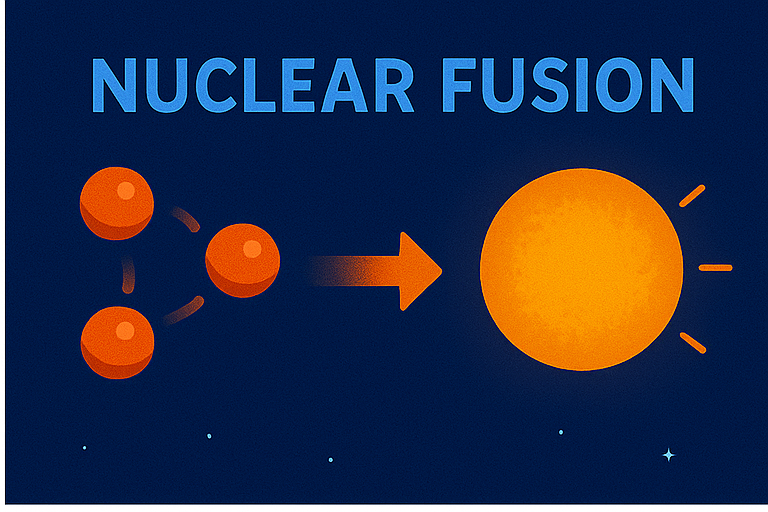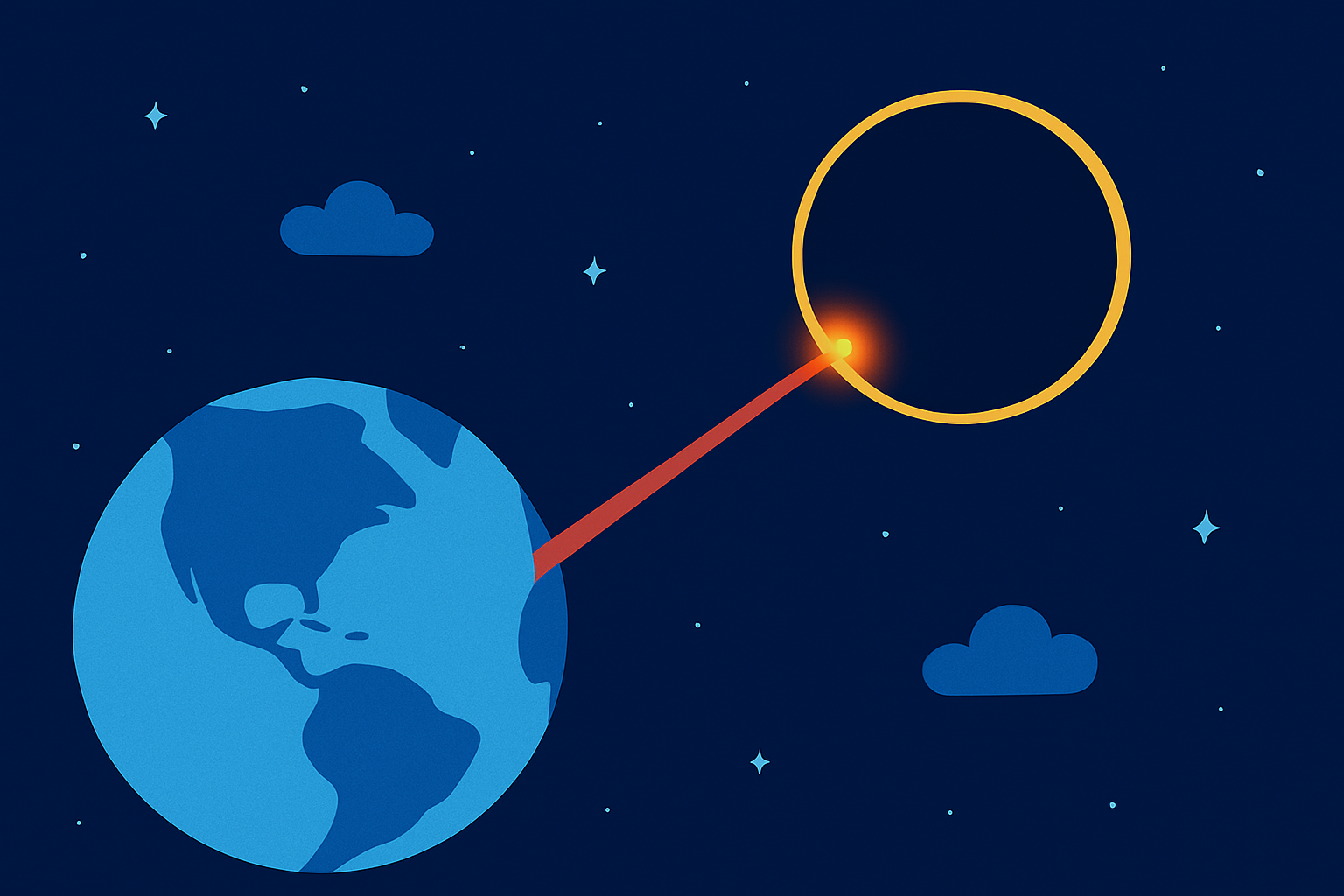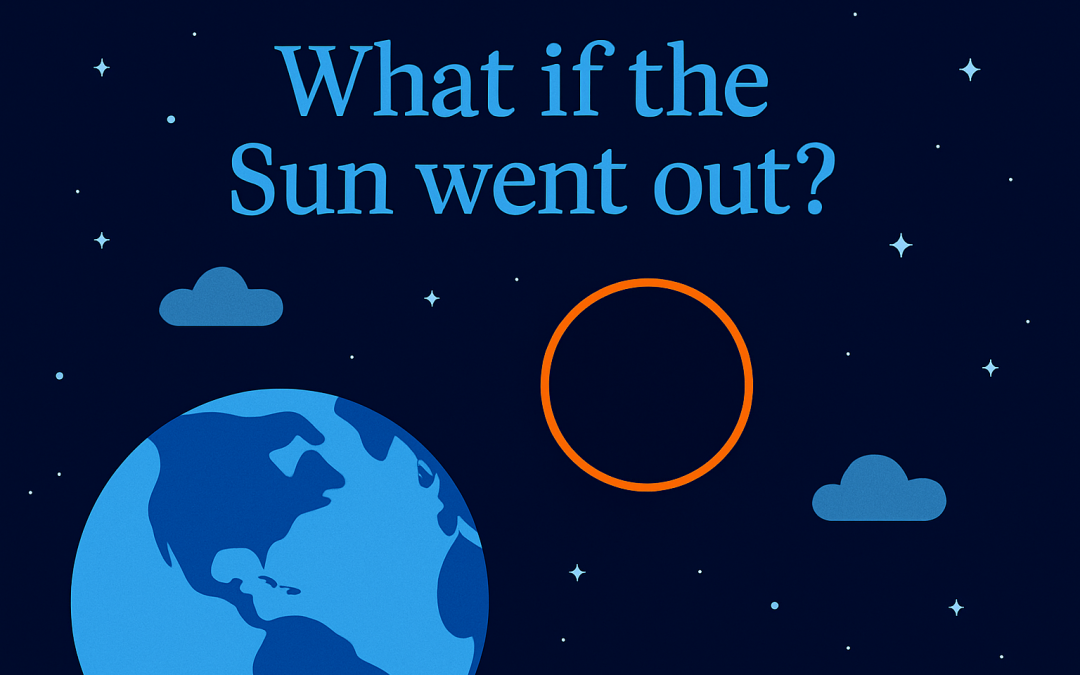Have you ever wondered what keeps the Sun burning in vacuum? Or why is it shrinking? Then this article is for you.
The Sun, however many people think it is, is not a ball of burning gas. Instead, at the centre of this star, an exotic reaction takes place, causing the Sun to shine with a ferocity paralleled only by atomic bombs and Diocles lasers.
Have you ever wondered what keeps the Sun burning in vacuum? Or why is it shrinking? Then this article is for you.
The Sun, however many people think it is, is not a ball of burning gas. Instead, at the centre of this star, an exotic reaction takes place, causing the Sun to shine with a ferocity paralleled only by atomic bombs and Diocles lasers.
Fusion: The Hidden Furnace Inside The Sun
Fusion: The Hidden Furnace Inside The Sun

Fire doesn’t burn in a vacuum and the Sun is no exception. Deep inside the core of the Sun, under the immense heat and pressure, nuclear fusion takes place. The nuclei (core) of the atoms collide with enough force to fuse and release extraordinary amounts of energy in the form of light and heat.
When two atoms fuse, they turn into a completely new element — one that comes next in line on the periodic table. Two Hydrogen atoms would fuse and become Helium, which would fuse with another Helium to become Lithium, all the way to Iron e.t.c.
However, not all suns fuse all the way to Iron, and the Sun only fuses to Helium, and rarely to Lithium. These smaller stars don’t have enough mass to fuse Helium with another Helium, and the reaction stops there.
Fire doesn’t burn in a vacuum and the Sun is no exception. Deep inside the core of the Sun, under the immense heat and pressure, nuclear fusion takes place. The nuclei (core) of the atoms collide with enough force to fuse and release extraordinary amounts of energy in the form of light and heat.
When two atoms fuse, they turn into a completely new element — one that comes next in line on the periodic table. Two Hydrogen atoms would fuse and become Helium, which would fuse with another Helium to become Lithium, all the way to Iron e.t.c.
However, not all suns fuse all the way to Iron, and the Sun only fuses to Helium, and rarely to Lithium. These smaller stars don’t have enough mass to fuse Helium with another Helium, and the reaction stops there.
Nuclear fusion is one of the few reactions where matter and energy are interchangeable, so currently, in fact, the sun is losing 4 million tons every second due to fusion, and another 1.5 million tons every second from solar flares.
However, I lied a bit when I wrote ‘the Sun is shrinking’ as the Sun is actually growing, as the hydrogen supply is getting smaller and smaller, causing the core to contract, increasing pressure, and increases rate of fusion, which, in turn, forcecs the outer layers to expand.
But don’t be fooled by the 5.5 million tons per second, as the sun weighs about 2,000,000,000,000,000,000,000,000,000 (2 octillion) metric tonnes, and this 5.5 million is only 0.000000000000000000275% of the Sun’s weight. Over it’s past 4.5 billion year lifespan, it has only lost 0.05% percent of it’s mass to solar flares and fusion, so we will have enough fuel to last for a few billion years to come ☺️
How We Depend On The Sun
How We Depend On The Sun


Nevertheless, the Sun is vital for life on earth, not just for humans but the whole of the rest of the ecosystem. Plants, the basis of all food chains rely on the Sun to photosynthesise (making glucose from CO2, water and sunlight). Also, the Sun warms the earth up to a temperature perfect for life.
We live in a ‘goldilocks zone’ where the distance between the Sun and Earth is just right, so that water can remain in liquid state, the temperature is just right for certain life-giving chemical reactions to take place. Since we depend so much on this star, I have thought of the question: What if the Sun went out?
What If The Sun Went Out?
What If The Sun Went Out?
For 8 minutes, we wouldn’t notice anything. People would continue doing their work, children would go to school, not knowing anything about the catastrophe that lay waiting for them. Since the Sun is so far away, it takes light a little more than 8 minutes to reach the Earth during which we would not notice anything.
As our eyes adjusted to the darkness, chaos would reign not just for humans but in the animal world. Dogs and cats would be startled by the shock and the sound of woofing would sound out across the streets.


Once the shock had calmed down, the long term effects would settle in. The temperatures would drop to subzeros and the nation’s morale would decrease.
Planet Earth’s ecosystems would grind to a halt much like the machinery that would succumb to the cold. Suncream companies would go bankrupt as the demand would lower drastically.
The few survivors would be the ones positioned in the arctic and Antarctic circles, their equipment capable of keeping them warm.
Oceans would freeze, and with nothing to warm them, cold-blooded animals that rely on external sources of heat would soon become extinct.
Yet, humans would stay resilient even during this chaos and invent a way forward.
Our coal mines, inland oil rigs and nuclear power plants would function despite the lack of sunlight and warmth, but water flow to cool the reactor cores would be hard to furnish.
Geothermal power would be quite a promising source of heat and energy and could be developed to the point where water could be forced into a supercritical state (a state where there is sufficient pressure and temperature that the water cannot be distinguished between a gas and a liquid), deep below the surface of the earth. This would increase the efficiency of the heat exchange.
For every cloud there is a silver lining and humans would be able to find the positives of this scenario. For example, there would be less distortion from heat so astronomers could work around the clock.
Furocoumarins, poisons, that a few plants like wild parsnip use would be useless, as they require sunlight to activate. (Then again, the wild parsnip would no longer be able to survive due to the lack of sunlight).
Trade would become cheaper as people could adjust to international trade times meaning people could trade during the day.
Jet lag would also become nonexistent and fighter pilots would be safer as they would not need to deal with the constant glare of the Sun.
What We Could Do to Survive
What We Could Do to Survive
Of course, thinking big would also be possible. Literally. Replacing the Sun might seem completely impossible, but finding what caused it to go out could be a feasible alternative.
Humans could try to rekindle the Sun by somehow increasing the temperature by the means of mirrors or lasers, and using similar mirrors to bounce some of the starlight back towards the earth to increase the temperature.
We could scout for planets, which are more habitable, and start colonising them.
A plan has already been proposed to position massive mirrors in space to melt Mars’ ice and make it suitable to live on as a Planet B, if global warming takes over.
However, even making stellar superstructures could be an option, harnessing the energy still given off by the Sun’s remains and redirecting it towards Earth using high energy microwave beams to convert to energy back on our planet.


This scenario might seem extremely unlikely and just hypothetical, but it gives a clear indication of what humans would be able to do if humanity was at risk. We would survive and thrive, even as the world fell apart around us, and we would just use this as a springboard towards a technologically advanced future.
This crisis would cause Earth’s nations to unite, setting rivalries and wars to rest as humans figured out a way to live.
After all, as Aristotle said, ‘It is during our darkest moments that we must focus to see the light.’ (in this case quite literally), we would pave the way for future generations to live and prosper as we did before our world-wide night.
Got a survival plan for humanity? Drop your ideas below — no matter how wild!
Got a curiosity explosion brewing? Fire your questions at me!

